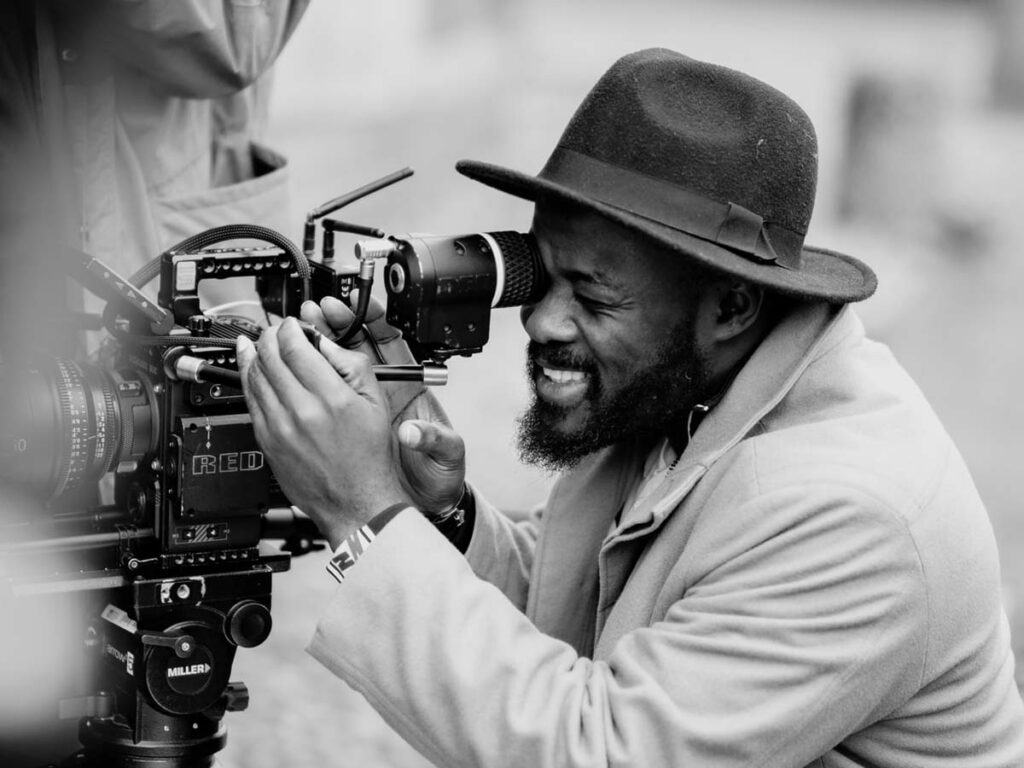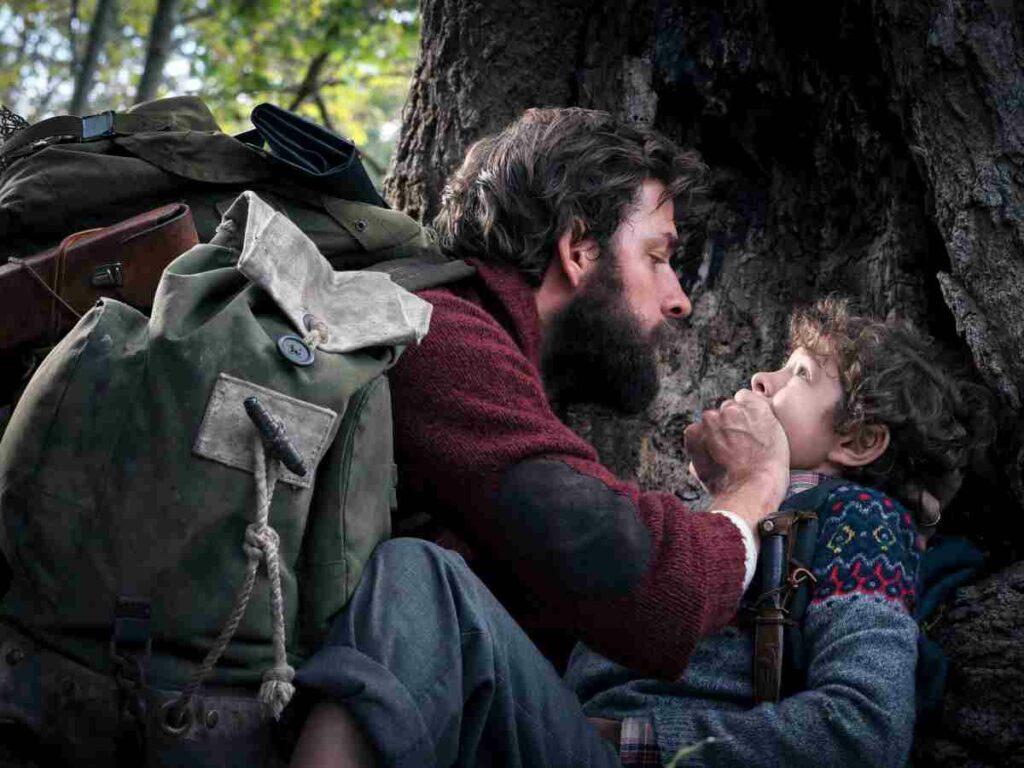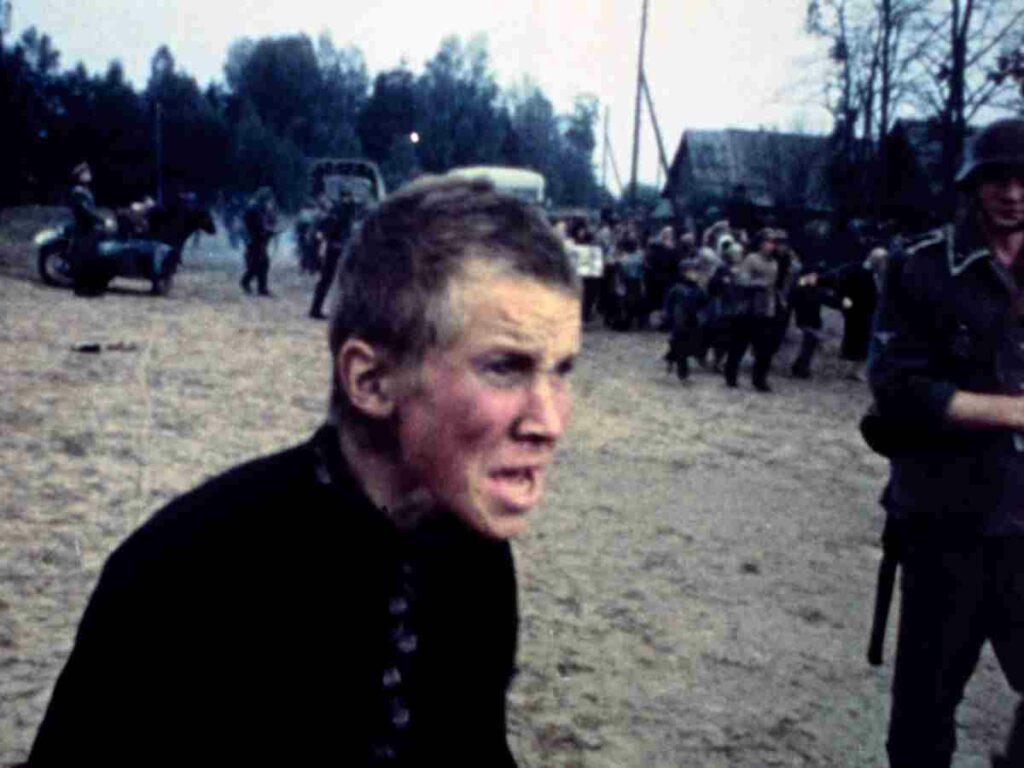Although both cinematography and filmmaking are video related roles, they possess distinct differences. Cinematography is the art and technique of motion-picture photography in cinema. Cinematographers are responsible for bringing the film director’s artistic vision to life by working on a host of camera techniques.
Filmmaking on the other hand is a fluid term, simply referring to the process of creating films, both artistically and financially. Filmmakers usually comprise directors, producers and the entire crew involved in making a film. They are also used for independent movie directors who often write and edit their own films.
Cinematography vs Filmmaking: What is the Difference?
The primary difference between cinematography and filmmaking is that cinematography is the application of camera techniques which determine the visual depiction of the film, while filmmaking is the overarching process of making the entire film itself.
Cinematography is the art and craft of capturing a given directive on camera. It involves the general composition of scenes, camera angles, choice of lens, lighting, colour etc.
Filmmaking is the process by which a film is made from start to finish. It involves overseeing every element of the project and ensuring that all creative and financial choices made are conducive to the final product.
So, filmmakers decide what the content of the film will be, and cinematographers decide how that content will be presented audio-visually.
Cinematographers work closely with directors and make their ideas a virtual reality. Technical decisions about shot composition, shot sizes, camera placement, camera focus, camera movement, lighting, colour, special effects, sounds, and other such elements are in the hands of the cinematographer. The final image we see on the screen is determined by their technical manoeuvres.
Filmmaker, on the other hand, is not an official title. Usually, the producers and directors are together referred to as the filmmakers as they are at the helm of the entire process of making a film.
Producers primarily look after the financial aspects of the process, and hire the director. Directors finalise the screenplay, hire the cast with or without help from the producer, and decide what the content, look, and tone of the film will be. As the director’s creative vision is the central element behind the film, they are also called the auteur of the film.
The director explains the artistic vision they have for the film to the cinematographer. The cinematographer uses their own creativity and technical knowledge to capture this vision on camera and depict it on screen.
The cinematographer thus is also known as the director of photography (DP/DOP). Filmmakers and cinematographers work together to achieve the same vision and they are both focused on storytelling.
The difference between them lie in the methods they use. Cinematography is the method through which filmmaking takes place. The cinematographer is the chief manager of light and camera crews. The filmmakers are the supervisors of every single element of the film, both on and behind the screen.
Differences in Skills and Education Between Cinematography and Filmmaking
Cinematographers must have a creative mind and a strong sense of aesthetics, so they can envision what the final image will look like. They must have impeccable knowledge regarding techniques required for camera operation, lighting, etc.
They should understand the director’s artistic vision for the film and figure out which techniques to apply to make those ideas a virtual reality. Cinematographers usually require a bachelor’s degree to begin working professionally.
A degree in film studies or fine arts which includes cinematography techniques is a great option. Diplomas and certificate courses on cinematography are also available in several institutions. Beginning work as a production assistant or camera operator and gradually moving up to cinematography is a plausible option too.
As a filmmaker may wear several hats at once, the necessary skill set is quite broad. Filmmakers must be creative, have organizational, business and leadership skills. The more they can bring to the table the better. This is especially applicable for smaller productions where filmmakers multitask a great deal. The bigger the production, the more streamlined tasks will be.
Producers work on the finances and organisation, and directors on the content of the film. But these roles tend to overlap often. A bachelor’s degree in film studies, film and television production, fine arts, or diplomas and special courses in filmmaking are of great help in learning cinema history and acquiring practical and technical skills.
Differences in Projects Between Cinematography and Filmmaking
Cinematographers usually work on large-scale motion pictures, feature films, television shows, and commercials.
Filmmakers also work on all of the above, but they can work on independent projects as well, where they multitask and work with a small cast and crew. Filmmakers can make an entire film of any length and nature by themselves by taking up all the necessary behind-the-scenes roles.
Differences in Responsibilities of Cinematographers vs Filmmakers
Cinematographers are responsible for realising the director’s vision by making technical and creative decisions regarding the choice of lenses, scene composition, setting, filters, colour grading, lighting, sound, camera movement, camera angles, special effects, etc.
They decide which equipment will be used for filmmaking. They must ensure every shot serves the screenplay and the vision of the director while capturing the desired tone of the film. In large-scale productions, cinematographers are unlikely to operate the camera themselves. Rather, they supervise the light and camera crews, who follow the cinematographer’s instructions.
Filmmakers, including producers and directors are responsible for overseeing every element that goes into the creation of a film, both on and behind the screen. Producers work on funding the film, and manage all the business and organisational aspects of the project. They also hire the director.
The producers and directors together finalise the script and decide the look and tone of the film. They make decisions regarding schedules, budget, cast, and crew. Directors work closely with the cast and the cinematographer to ensure their interpretation of the screenplay comes to life. The filmmakers make the final decisions regarding every detail about the project.
Differences in Crew Size Between Cinematography and Filmmaking
Cinematographers are the chief managers of the light and camera crews of large-scale film productions. They head the crew of camera operators, light assistants, and audio technicians. This includes the first assistant camera (AC), the second AC, the grip, the dolly operator, the PA, and many others.
As a filmmaker may work on both large and small-scale productions, the crew size varies accordingly. Either way, filmmakers are in charge of the entire crew working on the film. Small scale films can have a tiny crew of people who multitask. Large scale productions have large crews, with various departments that work on different parts of the film right from the stage of development to distribution.
Other Differences Between Cinematography and Filmmaking
Cinematographers typically work on large-scale productions only, as complex audio-visual techniques are applied on such projects. Filmmakers work on everything from small-scale to large-scale productions.
A cinematographer works within the production budget of the film studio which hires them. A filmmaker’s budget varies depending on the scale of the film. Small independent films can be made with no budget or a small budget whereas large-scale productions may get a huge budget. The producer finances the film via many sources like film studios, investors, grants etc.
Cinematographers are hired by production houses. Producers may be hired by production houses or may work independently. Directors are usually hired on a freelance basis by production companies or producers or may work independently, depending on the scale of the film.
What is Cinematography?
Cinematography is the art and science of motion-picture photography. It is the creative technique through which the artistic vision of the director is realised and depicted on screen. The cinematographer makes decisions regarding camera angles and movement, lens choices, shot composition, lighting, etc.
Cinematography should convey the final look and tone of the film as the director imagined it and is the method through which the narrative is presented in an audio-visual medium. Every image, shot, and scene we see in a film is created through the technique of cinematography.
What is Filmmaking?
Filmmaking refers to the overarching process of making a film. This involves all stages of film production: development, pre-production, production, photography, wrap, post-production, and distribution.
Filmmaker is a broad category, typically comprising producers and directors. While producers primarily focus on the financial aspects of the film, directors primarily focus on the creative aspect. But their roles often overlap, and they make all final decisions about the film together. They supervise every element of the entire film, and it is their vision which comes alive on the screen.
To conclude, cinematography and filmmaking are vital elements behind the creation of a film. Filmmakers may work independently on small-scale productions. But on large-scale productions, filmmakers and cinematographers work closely with one another. They have distinct roles and different skills. However, these distinctions are not set in stone. Creating a film is ultimately a collaborative process, and many creative minds come together to determine the final result.




